Accessible Adventures in Loch Lomond & The Trossachs: A Guide for All Abilities
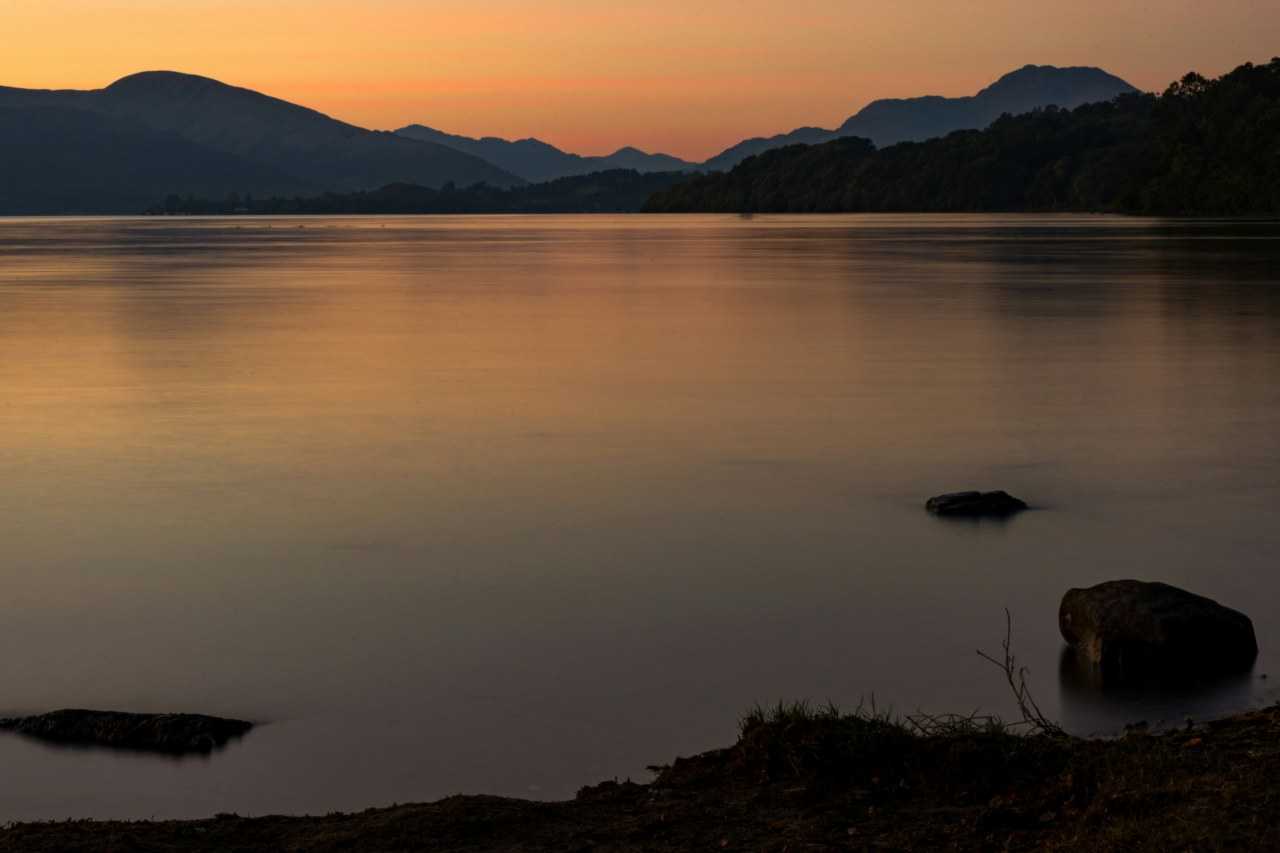
Located where the Lowlands meet the Highlands, Loch Lomond is a destination that needs no introduction. People have been visiting these bonnie banks – and those of the surrounding Loch Lomond & The Trossachs National Park's 21 other lochs – for hundreds of years, so this area has good infrastructure for visitors. That includes visitors with disabilities, who will find a wide variety of things to see and do in the Loch Lomond area. Keep reading for ideas to help you plan accessible days out, whether you’re looking for walks, sports, distilleries or family-friendly attractions.
Accessible trails and walks
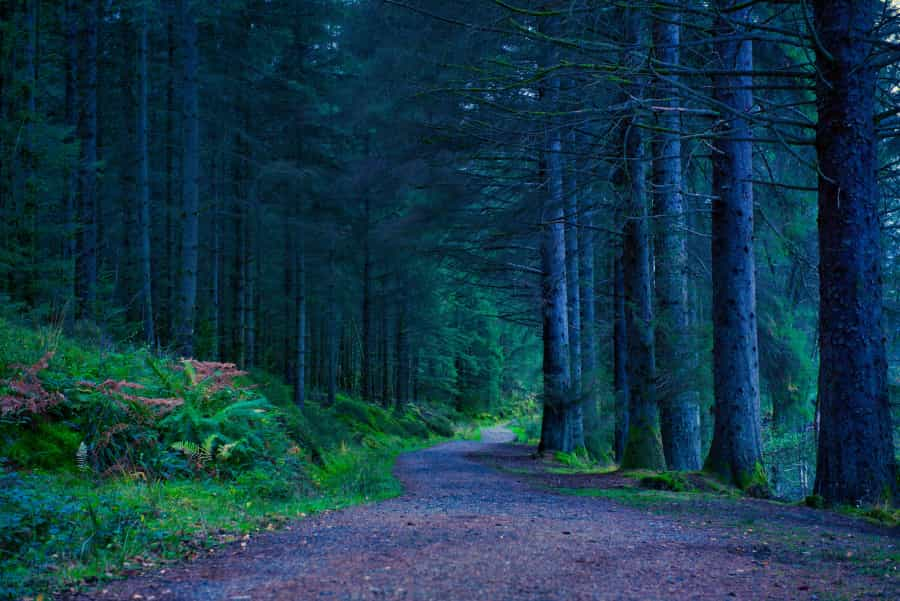
While it's home to many steep mountains, the national park's varied terrain has many accessible trails too.
-
Loch Katrine is perhaps the most accessible loch in the national park. Accessible parking is easy to find at Trossachs Pier, where you can also find a café and disabled toilets. The path around the loch is tarmacked to a very high standard for several miles and has some spectacular views over forests, Ben Venue and the mountains beyond. Wheelchairs and mobility scooters can also be taken on the Sir Walter Scott steamship, a stunning historic vessel that offers tours of the loch (let the crew know in advance if you’re coming with a wheelchair and they will reduce capacity onboard to make sure they can accommodate you). Allow two to three hours (more if you want to explore the loch by boat).
-
Balloch Country Park at the southern end of Loch Lomond is also great for wheelchair users. The scenery here is very varied – starting at Balloch train station (where there is step-free access), you pass a small harbour before heading down into the woodlands which border the loch. On your way back, after stopping off at the pier, you can also head up a gentle incline to visit the grounds of Balloch Castle, where there is a playground and ornamental gardens. Allow about an hour to just see the highlights, or two if you want to explore all of the wheelchair-accessible parts of the country park.
- Aberfoyle is another excellent walking location for visitors with disabilities or reduced mobility. If you’re in the mood for a pleasant walk through peaceful countryside, set out along the old railway line from the village centre until you reach Cobleland and the bridge over the river Forth (about 1.5 miles each way). Alternatively, head up to Queen Elizabeth Forest Park’s The Lodge car park, where the one-mile waterfall trail is likely to be a crowd-pleaser. The gravel path to the waterfall and back is wide and well surfaced, and while there is a long, gentle slope involved, the route is definitely manageable for most powerchairs and electric trampers.
More wheelchair-friendly walks can be found on the Loch Lomond & The Trossachs National Park website. For more walks in the Loch Lomond area, check out our selection of the national park’s top walking routes.
Accessible sports
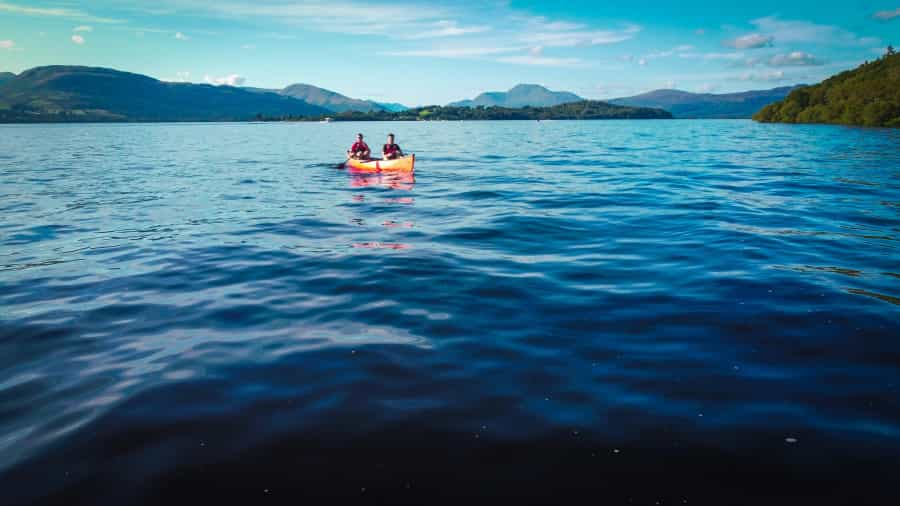
As well as walking trails, the national park and its surrounding area have a number of sports options for visitors with disabilities.
-
Cardross near Helensburgh has a Riding for the Disabled Association (RDA) group. Both adults and children are welcome at their regular sessions and many types of disabilities can be catered for.
-
Wheels Cycling Centre in Callander specialises in adaptive bikes and cycling equipment.
-
Go Ape at Aberfoyle are able to accommodate certain disabilities on their forest zipwires and high ropes course – it may well be the case that you can do one of these options, or both. Check out their full accessibility statement and mention any accessibility needs you have when booking.
- Sailability Scotland has a branch on the Clyde at Helensburgh which hosts regular sessions. The organisation also hosts regattas and other special events in Loch Lomond & The Trossachs and beyond.
Accessible visitor attractions
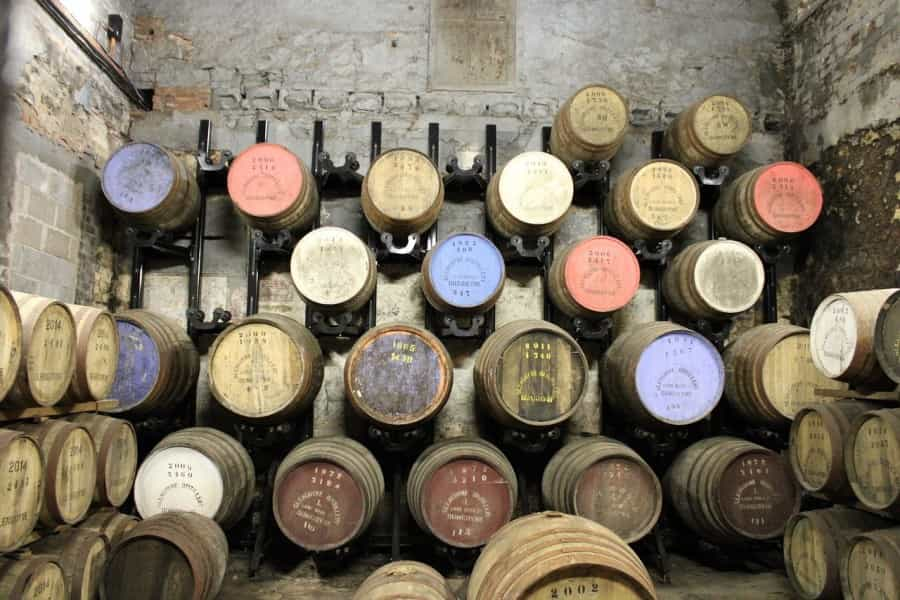
-
Glengoyne Distillery, between the villages of Strathblane and Killearn just to the south of the national park, welcomes visitors for tours, tastings, and shopping. Wheelchair users can follow an adjusted tour route that sticks to the ground floor of the distillery, and the building has accessible toilets and designated accessible parking spaces. As it's located right on the Highland boundary fault, Glengoyne is in the unique position of having stills in the Highlands (making its product a Highland single malt) while maturing its whisky in the Lowlands in a storehouse just over the road.
-
Boat trips on Loch Lomond are widely accessible to wheelchair users and people with other disabilities. There are various options available – operating from Balloch, Sweeney's Cruises has a vessel that is accessible to wheelchairs (although electric wheelchairs are not allowed for safety reasons). The Loch Lomond Water Bus also runs regular services between Luss, Tarbet. Rowardennan and Balamaha – check out routes and up-to-date timetables on the national park website.
-
Loch Lomond Shores in Balloch is a popular attraction that is also widely accessible. With shops, restaurants and attractions including the Sealife Centre and a scenic walkway by the loch. Loch Lomond Shores has wheelchair access throughout, plus accessible parking spaces and toilets.
For more information about days out, including a selection of other accessible options, take a look at our guide to family-friendly things to do in Loch Lomond and The Trossachs National Park.
Practical tips for visiting
Planning your trip
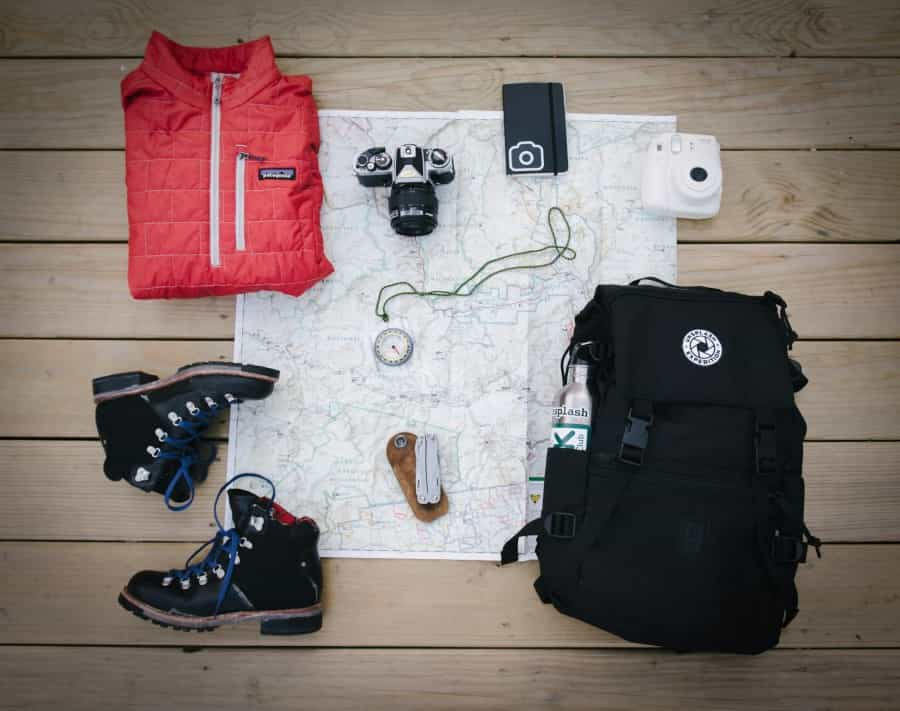
-
The national park covers a very large area – if you are just coming for a few days (or for a day trip), make sure to prioritise what you want to see and be realistic about your itinerary.
-
There are lots of resources out there to help you plan – we recommend the official national park website for general information and Euan’s Guide for information about accessibility.
-
Loch Lomond is located in the Highlands of Scotland, so poor weather is sometimes unavoidable. The West of Scotland is often a hotspot for midges, particularly in the warmer months, so make sure to cover up (using a midge net if necessary) and use insect repellent to keep the flying insects at bay. You might want to use the midge forecast to help you plan your visit.
Transport and parking

-
Accessible parking is widely available across the national park and is easy to find. Forestry and Land Scotland (formerly the Forestry Commission) has many well-maintained car parks, all of which have designated accessible spaces. Blue badges issued in other parts of the UK are accepted in Scotland, as are EU parking cards.
-
Trains in Scotland are generally accessible and many have step-free access, although travelling is generally easier if you book assistance to help you board and leave the train. If you don't have time to book assistance, you can use the help point on station platforms or speak to train staff directly. For more information, see the ScotRail website. Disabled persons’ railcards are valid for use in Scotland, even if they were issued in England or Wales.
-
Most buses are equipped with ramps and are accessible to wheelchair users. This includes CityLink coaches serving the western side of Loch Lomond, which have designated wheelchair spaces on board. Please note that disabled persons’ bus passes and older persons’ bus passes issued in England or Wales are not valid for use in Scotland.
-
Wheelchair and buggy rental is available in several places in the local area. Free services are also available for visitors to places such as Balloch in West Dunbartonshire, who can make use of the Clyde Shopmobility scheme to explore the southern end of Loch Lomond.
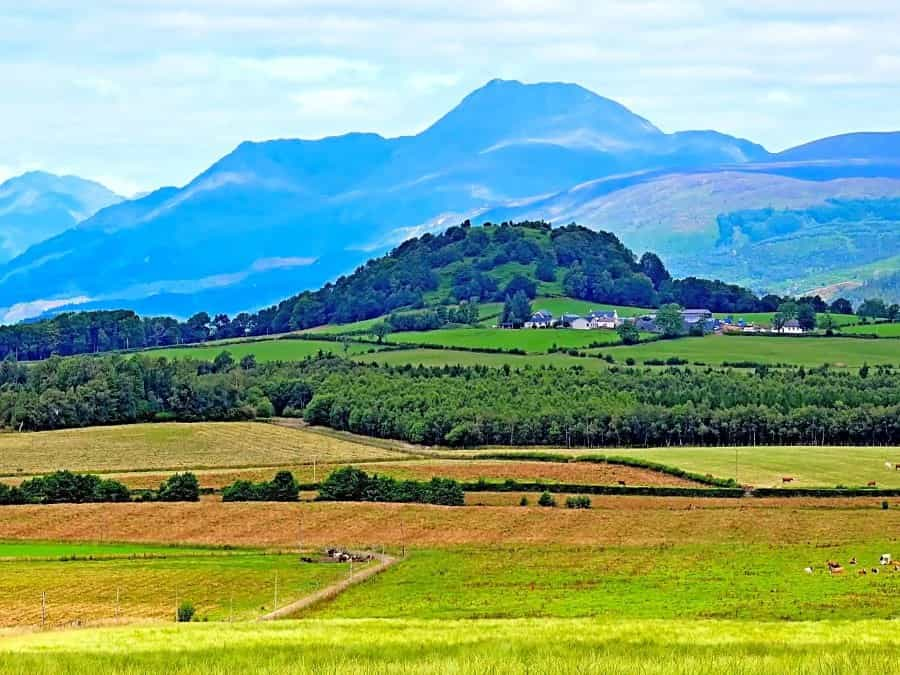
-
Book your accommodation in advance to avoid disappointment. Loch Lomond has an unmistakable Highlands feel, but it’s actually very close to major cities like Glasgow and Edinburgh, so accommodation can book up quickly. Use the Pitchup calendar tool to check availability in areas you’re interested in.
-
For information about accessibility in local youth hostels, check out this comprehensive guide produced by Hostelling Scotland.
-
Outdoor holidays are also possible, as some campsites and glampsites have dedicated disabled facilities.
Learn more about Pitchup's approach to accessibility from our Accessibility Homepage.